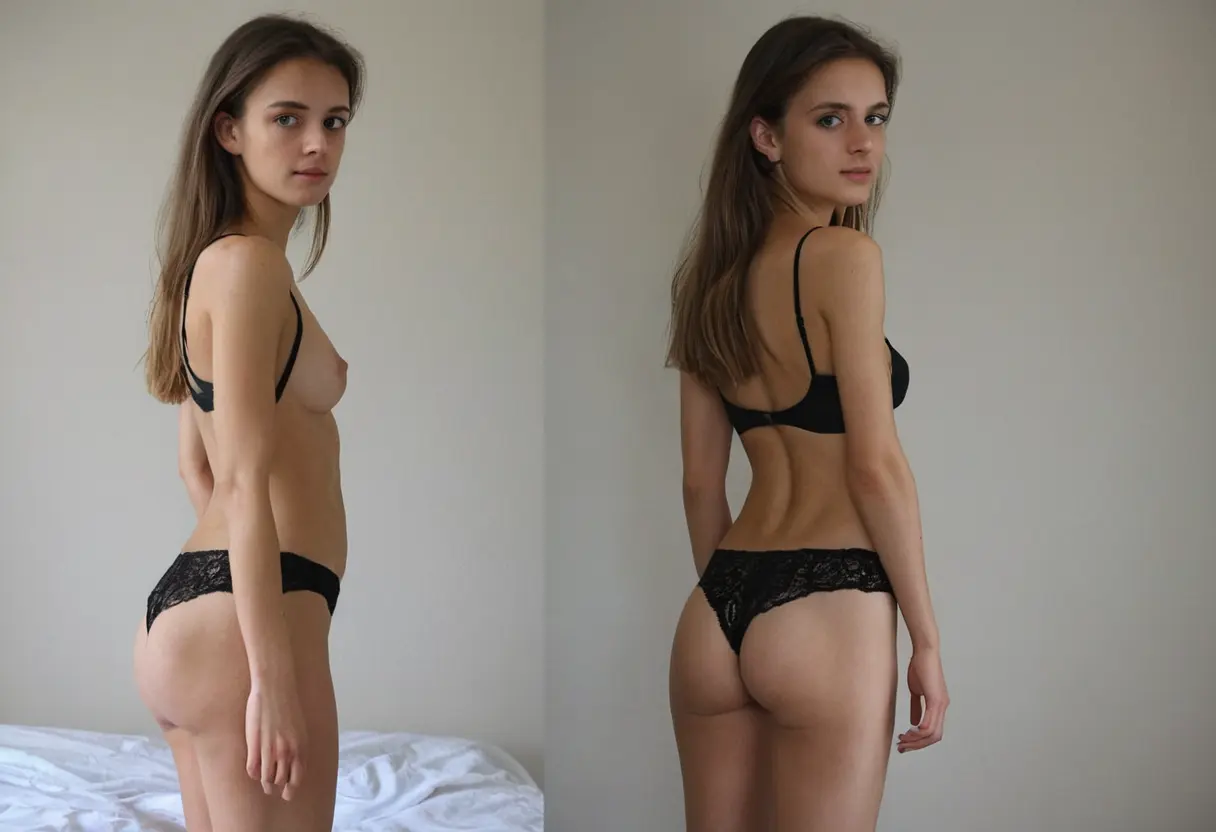
AI image generation tools have seen significant advancements over the past few years, opening up new possibilities for artists, designers, and content creators. These tools leverage artificial intelligence algorithms to generate stunning images from text descriptions or even from scratch. However, as the technology continues to evolve, it raises important questions surrounding ethics, intellectual property, and the potential for misuse. This article will explore the technology behind AI image generation, the ethical considerations involved, and how the future of this technology may unfold.
At the core of AI image generation is machine learning, particularly a subset called deep learning. The process involves training neural networks on vast datasets containing images and corresponding metadata, such as text descriptions. These models are then able to learn patterns and relationships between textual inputs and visual outputs. The two most commonly used types of models in AI image generation are Generative Adversarial Networks (GANs) and Diffusion Models.

Generative Adversarial Networks (GANs) consist of two neural networks: a generator and a discriminator. The generator creates new images, while the discriminator evaluates them for authenticity by comparing them to real images. This process enables the model to improve over time, resulting in highly realistic images. On the other hand, Diffusion Models work by gradually adding noise to an image and then learning how to reverse the process, producing clear images from random noise.

Some popular AI image generation tools such as DALL·E, MidJourney, and Stable Diffusion use these technologies to transform textual prompts into visually captivating images. Users can simply provide a description, and the AI will generate an image that matches the description's key features and aesthetic style.

While AI-generated images have opened up new creative opportunities, they have also sparked a range of ethical issues that cannot be ignored. Some of the most pressing concerns include:
As AI image generation tools continue to advance, there is increasing demand for regulation to address the ethical challenges they pose. Several governments and organizations are starting to consider frameworks that would regulate the use of AI-generated content. These regulations would aim to address issues like intellectual property rights, data privacy, and the prevention of misuse.
For example, in the European Union, the proposed Artificial Intelligence Act aims to provide guidelines for the development and deployment of AI technologies, including tools used for image generation. Similarly, in the United States, there have been ongoing discussions around the need for clear legal standards to prevent the harmful effects of AI-generated media.
One possible solution to address copyright issues could involve creating a licensing system where AI-generated images can be registered and protected under copyright law. This would ensure that the creators of these images—whether human or machine—are fairly compensated for their work.
AI image generation has undoubtedly transformed the creative industry, providing new tools for artists, designers, and marketers. For many, AI tools serve as valuable assistants that speed up the creative process and offer new ideas and visual concepts. Artists can experiment with different styles and compositions quickly, refining their work with the help of AI suggestions.
Moreover, AI-generated images have found applications in advertising, film production, gaming, and digital content creation. In advertising, companies use AI tools to generate realistic mockups and concept art without the need for expensive photoshoots. In film and gaming, AI is used to create realistic character models, environments, and special effects, saving time and resources.
However, it’s important to recognize that while AI can enhance creativity, it should not replace human input. AI tools are most effective when used in conjunction with human creativity and vision. This partnership can lead to innovative and striking results that neither could achieve alone.
The future of AI image generation is full of potential, but it also raises important questions about how this technology will evolve. With further improvements in AI models, we can expect even more sophisticated image generation, with greater customization and personalization. For instance, AI tools might be able to generate highly specific visual styles or imitate famous artists with incredible accuracy.
However, as the technology becomes more advanced, so too will the ethical challenges. It is crucial for society to strike a balance between innovation and responsible use. Developers must continue to prioritize transparency, fairness, and accountability when designing AI tools, while also working with policymakers to create effective regulations.
AI image generation tools are revolutionizing the creative industry by providing powerful tools for generating high-quality images from text. While the technology has opened up exciting possibilities, it also raises several ethical concerns, including issues related to intellectual property, misuse, bias, and job displacement. As AI tools continue to evolve, it is essential for developers, lawmakers, and the creative community to work together to ensure that the benefits of this technology are maximized while minimizing its potential harms. By establishing proper regulations and ethical guidelines, we can ensure that AI image generation contributes positively to society, sparking creativity and innovation without compromising fundamental values.